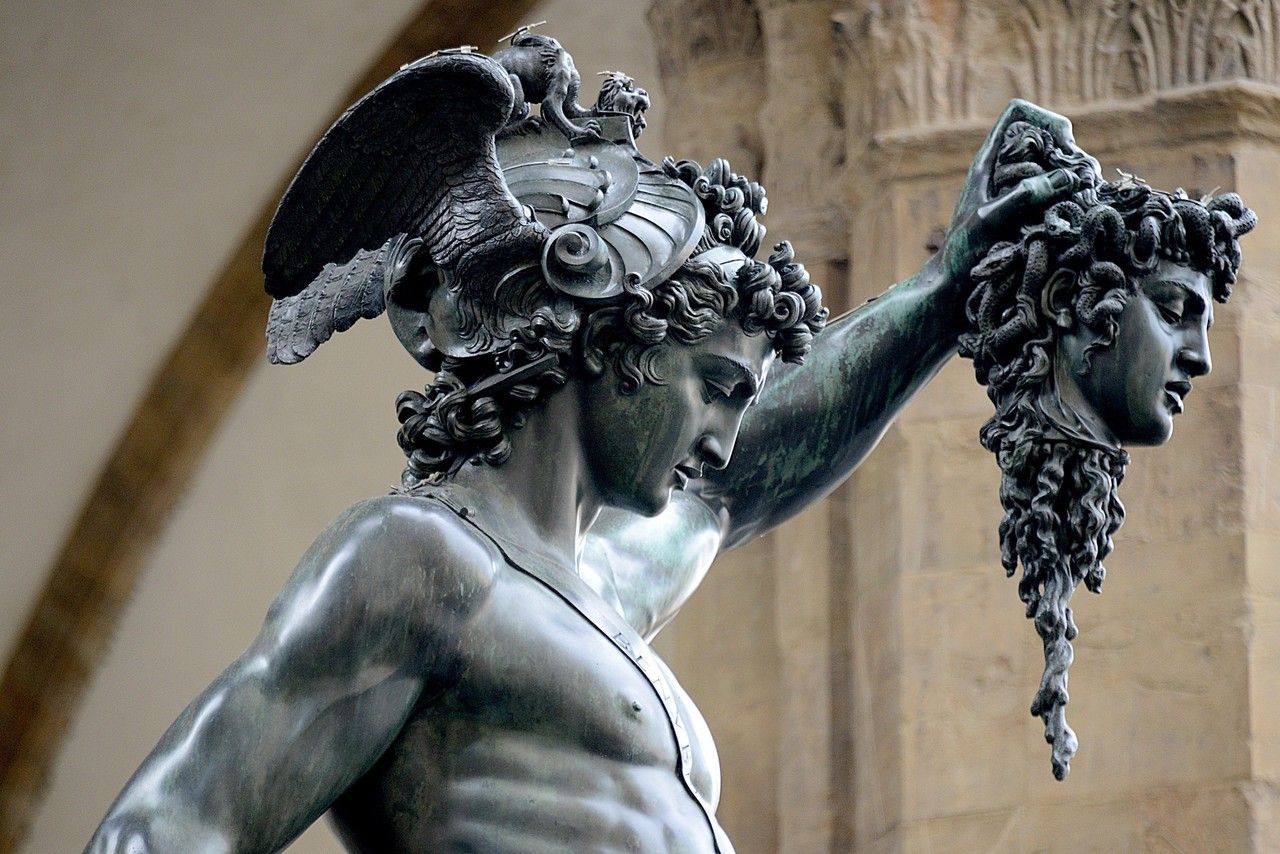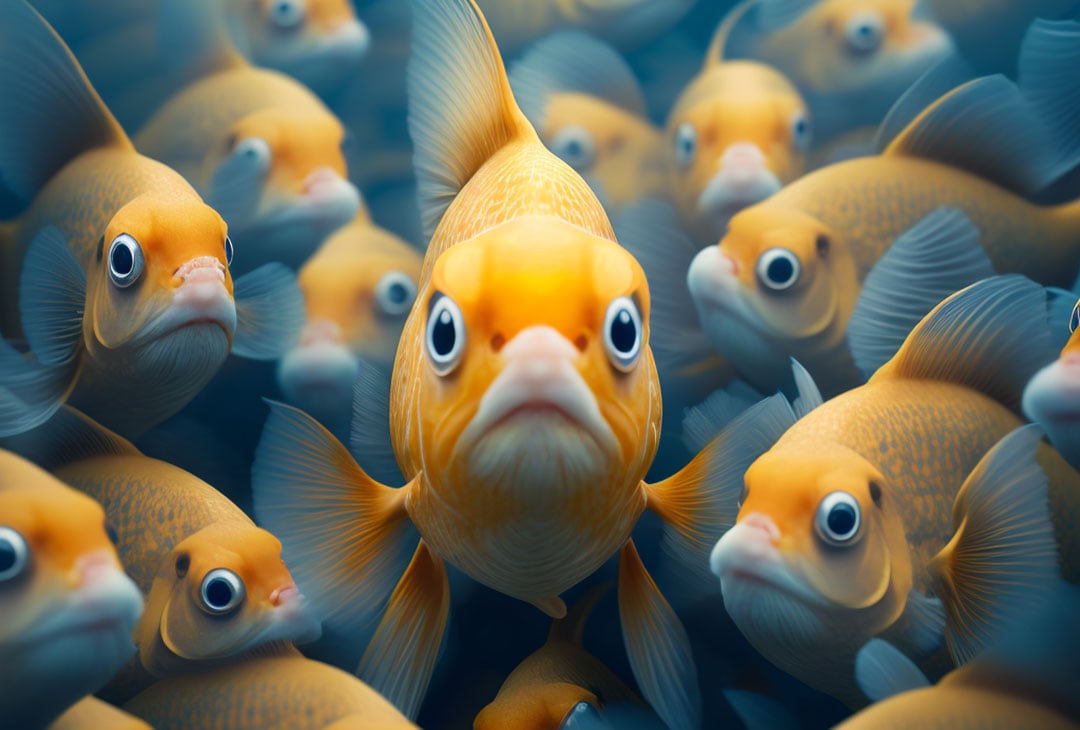cross-posted from: https://lemmy.world/post/13716493
Unbothered. Moisturized. Happy. In My Lane. Focused. Flourishing.
Flesh eating bacteria. Brain eating ameba. Snakes. Gators. Snapping turtles. Mosquitoes by the trillion.
That’s a no for me dawg.
This guy is so cool. Really sees the beauty of Florida.
Nasty insects, nasty animals, nasty diseases, nasty humidity. Yeah go on mate, tell us how cool swamps are
Shrek lived in a swamp and I trust his taste
Donald Trump gonna come for you
Weird take but okay
Is this a ‘drain the swamp’ refferance?
Seems like this went over everybody’s head, but it was a quality joke.
I mean yeah they’re pretty but you’re still gonna get dysentery, cholera, E. Coli, and 3-5 undiscovered parasites
lot of fish poop in there
Fish poop in all the places they live.
Nope. They all go to that swamp to do their business.
Clyde Butcher is one of the greatest American landscape photographers since Ansel Adams and a true hero of modern naturalism. Not only does he hike out into the swamp under conditions that would make most here wilt like cotton candy in the rain (see other comments), he often does it with camera equipment that is ancient, heavy, and bulky by today’s standards.
The biggest danger in the Everglades isn’t leeches (not at all common), brain eating amoebas (just keep your head above water), snakes (most would rather just slither away), snapping turtles (only aggressive when trapped), or gators (generally slow, predictable, dumb, and avoidable); it’s ignorance. The swamp isn’t a place into which you’d want to be dropped off unprepared and unequipped, but neither is LA of New York City. Clive Butcher walks the line between tough man and sensitive artist, cottage-core and goblin-core, Lorax and Crocodile Dundee.
Clive Butcher also did a landscape photography series of Salvador Dali’s home town that really opened my eyes about the scenes and settings in many of Dali’s paintings. It becomes clear that although surreal, many of the landscapes in Dali’s paintings are actually surprisingly real places painted literally but adorned with surreal characters and objects.
That water is so gross 🤢
It’s just tannins.
blew my mind when I first learned how useful bogs used to be for living off the land. preserves food and wood, tans leather, gives you fuel, great for foraging, etc
like where else can you find thousands of year old butter that is perfectly good to eat?
He will be missed.
are leeches not a concern?
No
simply drink so much moonshine it kills the buggers
mosquitos and malaria endorse this message!
It looks like he’s found the secret Pepsi Cola source.
Photo taken 4 minutes before completely sinking












